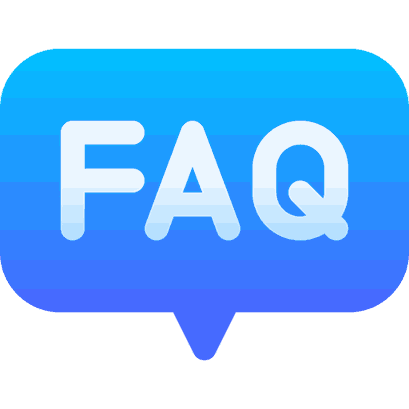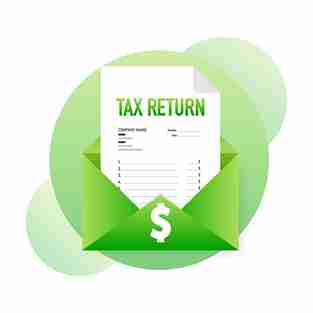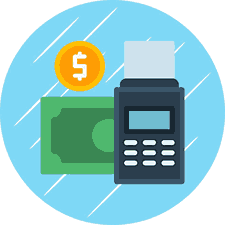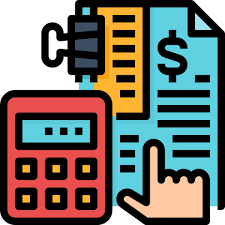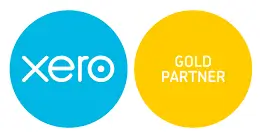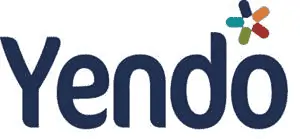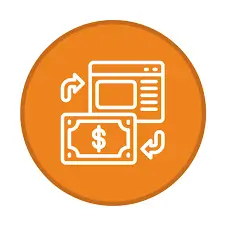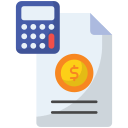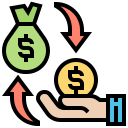Understanding the Direct Write Off Method for Your Business
Understanding your financial condition clearly is crucial if you own a firm. This involves having the ability to precisely track uncollectible debts, account for them, and write off bad debts. The direct write off method is one way to accomplish this. We will examine the Direct Write-off Method’s definition and operation in this post.
What is the Direct Write Off Method?
Uncollectible debts can be recorded using the Direct Write Off Method, which is a clear and easy process. This technique entails writing off a bad debt as soon as a company thinks it is impossible to collect. As a direct expense on the income statement, Direct Write Off lowers the firm’s profits for the period in which it occurs.
How does the Direct Write Off Method work?
When a business decides a bad debt is uncollectible, it can write it off immediately using the Direct Write Off Method. For instance, if a company gives a customer goods or services and sends them an invoice for payment, and the consumer doesn’t pay, the company can decide that the debt is uncollectible. In this scenario, the company would eliminate the debt from its books, which would lower its profits for the accounting period in which the write-off took place.
Let’s consider a simple example to illustrate this concept. A business has $10,000 in sales for a period, and it writes off $1,000 in bad debts. The business’s profits would be reduced by the $1,000 write-off, meaning that it would only show $9,000 in profits for the period.
Advantages of the Direct Write Off Method:
The Direct Write Off Method has several advantages, including:
1. Simplicity:
The Direct Write Off Method is straightforward to understand, making it an attractive option for small businesses with limited resources.
2. Timeliness:
The Direct Write Off Method allows a business to write off a bad debt as soon as it determines that it is uncollectible. This helps to minimize the impact of the bad debt on the business’s financial situation.
3. Accurate Reporting:
The Direct Write Off Method provides accurate reporting of the business’s financial situation, including uncollectible debts and bad debts.
Disadvantages of the Direct Write Off Method:
While the Direct Write Off Method has several advantages, it also has some disadvantages, including:
1. Lack of predictability:
The Direct Write Off Method does not allow a business to predict or estimate uncollectible debts. This can make it difficult for a business to accurately forecast its financial situation.
2. Limited Flexibility:
The direct write-off method does not allow a business to make any changes or adjustments to its write-off decisions. This means that once a bad debt is written off, it cannot be recovered.
3. Potential for Error:
The direct write-off method relies on a business’s ability to accurately determine which debts are uncollectible. If a business makes a mistake in this determination, it could result in incorrect write-offs and financial reporting.
Small and medium-sized enterprises in the US, UK, Australia, New Zealand, Hong Kong, Canada, and Europe can turn to Meru Accounting, a CPA firm, for full outsourced bookkeeping and accounting solutions.




